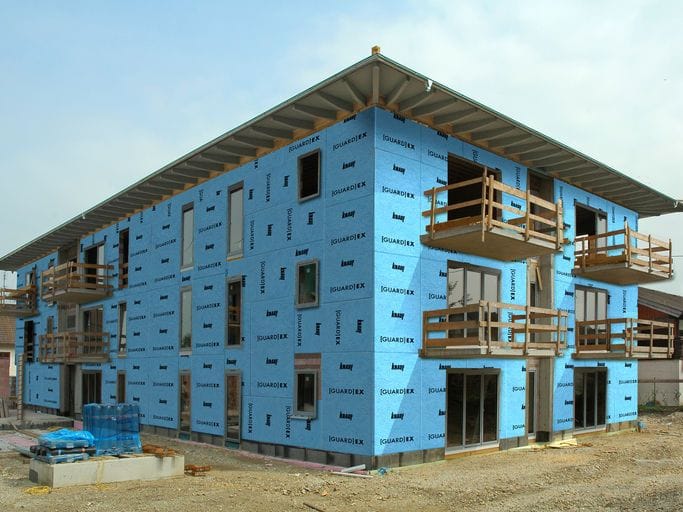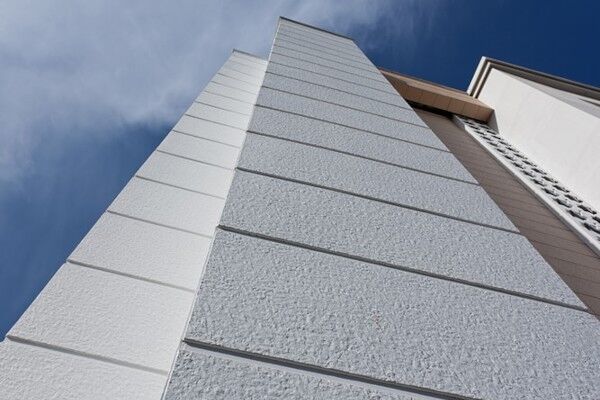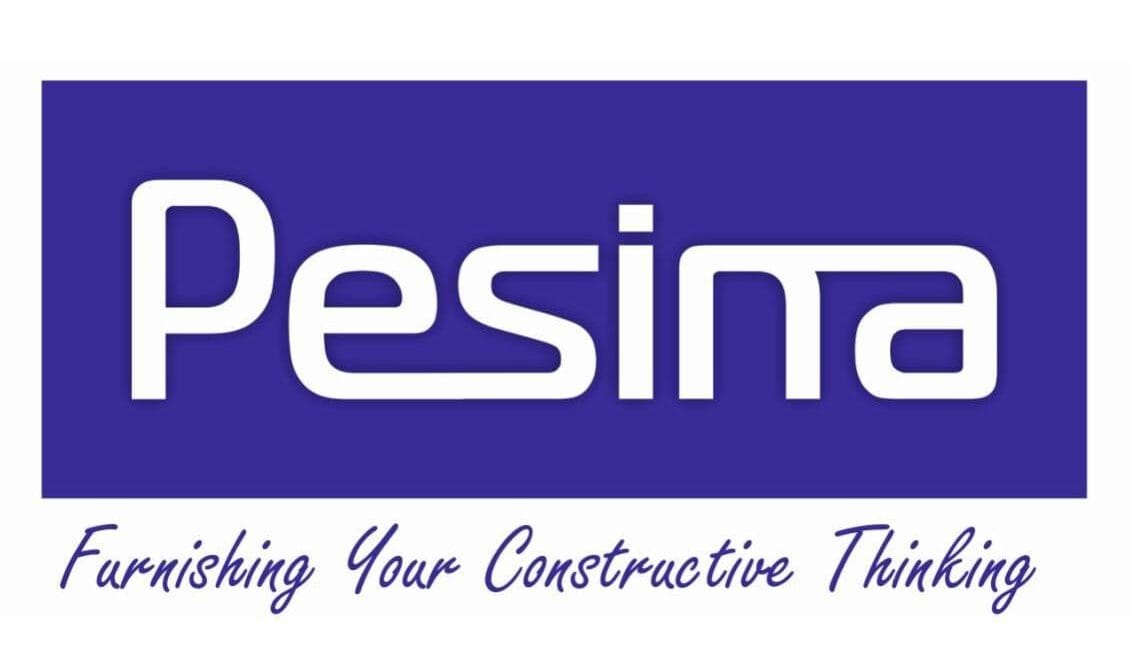What is Exterior Sheathing?
When it comes to constructing a durable and energy-efficient building, exterior sheathing plays a crucial role. This often-overlooked component provides structural support, insulation, and protection from the elements.
Exterior sheathing is the layer of material attached to the exterior walls of a building, right over the framing. It strengthens the building’s envelope, improves energy efficiency, and acts as a base for siding or cladding. Common types include plywood, OSB (oriented strand board), gypsum board, fiber cement boards, and more advanced options like WPC (wood-plastic composite) panels or insulated sandwich panels. In regions like Georgia, Azerbaican, Turkmenistan, Kazakhstan and Uzbekistan where climate conditions are severe, this material might be a good choice.
Gypsum-Based Exterior Sheathing
Gypsum board, often called drywall or plasterboard, is a lightweight option ideal for smooth installations. It’s commonly used in aesthetic houses for its fire-resistant properties and ease of application.
Benefits of Using Gypsum-Based Exterior Sheathing:
Excellent board used in external wall construction: it has a core strengthened against water and moisture, and a special orange-coloured glass fibre matt coated.
A1 class noncombustible building material. Thanks to its glass matt coatings and special core components, sheetrock increases the fire resistance of the walls it is applied to.
Compared to other panels used for exterior facades (such as cement-based boards or wood chip / cellulose reinforced cement boards), gypsumboard gives stronger performance with dimensional stability against water absorption and moisture, and does not absorb water from its surface.
Plasterboard provides a smooth and a plumb surface. This type of surface is sought for all kinds of surface coating materials or for ventilated façade applications.
Compared to other panels used for exterior facades (such as cement-based boards or wood chip / cellulose reinforced cement boards), gypsum board gives stronger performance with dimensional stability against water absorption and moisture, and does not absorb water from its surface.
In summary:
- Excellent fire resistance and moisture control.
- Provides a smooth surface for painting or cladding.

Fiber Cement Boards
Where Fiber Cement Boards Are Most Common in Europe
Cement boards (fiber-cement) are widely specified across Northern and Western Europe due to strict fire codes, wet/cold climates, and a strong tradition of ventilated façades.
High Adoption
- United Kingdom & Ireland
- Germany, Netherlands, Belgium, Luxembourg
- Nordics: Denmark, Sweden, Norway, Finland
- Switzerland, Austria
- Northern & Western France
Moderate Adoption
- Poland, Czechia, Slovakia
- Baltics: Estonia, Latvia, Lithuania
Lower but Targeted Use
Spain, Portugal, Italy, Greece and parts of the Balkans—more ETICS/plaster systems overall, but cement boards are still used on coastal/public buildings and high-rises, especially where fire resistance is required.
Why These Markets Choose Cement Boards
- Fire safety: typically A2-s1,d0 reaction to fire is requested.
- Climate durability: rain, wind and freeze–thaw resistance.
- Ventilated façade systems: dry construction, low maintenance.
Typical Applications
- Ventilated façade cladding (8–12 mm)
- Soffits and eaves
- Exterior backer/substrate boards under cladding
Specs European Buyers Commonly Request
- Compliance with EN 12467; reaction to fire A2-s1,d0
- Thicknesses: 6–12 mm (façade), standard sizes 1200×2400/3000 mm
- Surfaces: through-colour or factory-painted; square or beveled edges
- Accessories: stainless A2/A4 fasteners, aluminium/galvanized sub-frames, 20–40 mm ventilated cavity
How Pesina Supplies
- CE-certified cement boards with datasheets and test reports on request
- Cut-to-size and colour options for project branding
- Mixed-container shipping from Türkiye; CIF to major EU ports
- Typical lead time: 10–21 days depending on spec and season
Get a bulk quote with your thicknesses, colours, and delivery port.

Other Popular Options: WPC Cladding, Alucobond, and Sandwich Panels
- WPC Wall Cladding Panels: Water-resistant and termite-proof, these are ideal for modern facades.
- Alucobond Sheets: Aluminum composite panels for cladding has been popular for many years. We have various options for color and texture.
- PUR Foam, EPS Foam and Rockwool Sandwich Panels: We regularly export PUR foam sandwich panel to Africa, especially economic panels are quite popular. But we have many types in terms of core (EPS, Rockwool, PIR etc) and core thicknesses which are 4cm, 5cm and more. You can check some info from other page for sandwich panel or contact us
- Fluted Panels: Outdoor fluted wall panels in grey finish, wood look slated panels also available in our range. In some countries people like Estonia, Romania and Serbia these outstanding view of this facade materials as well as WPC Wall Cladding panels.
